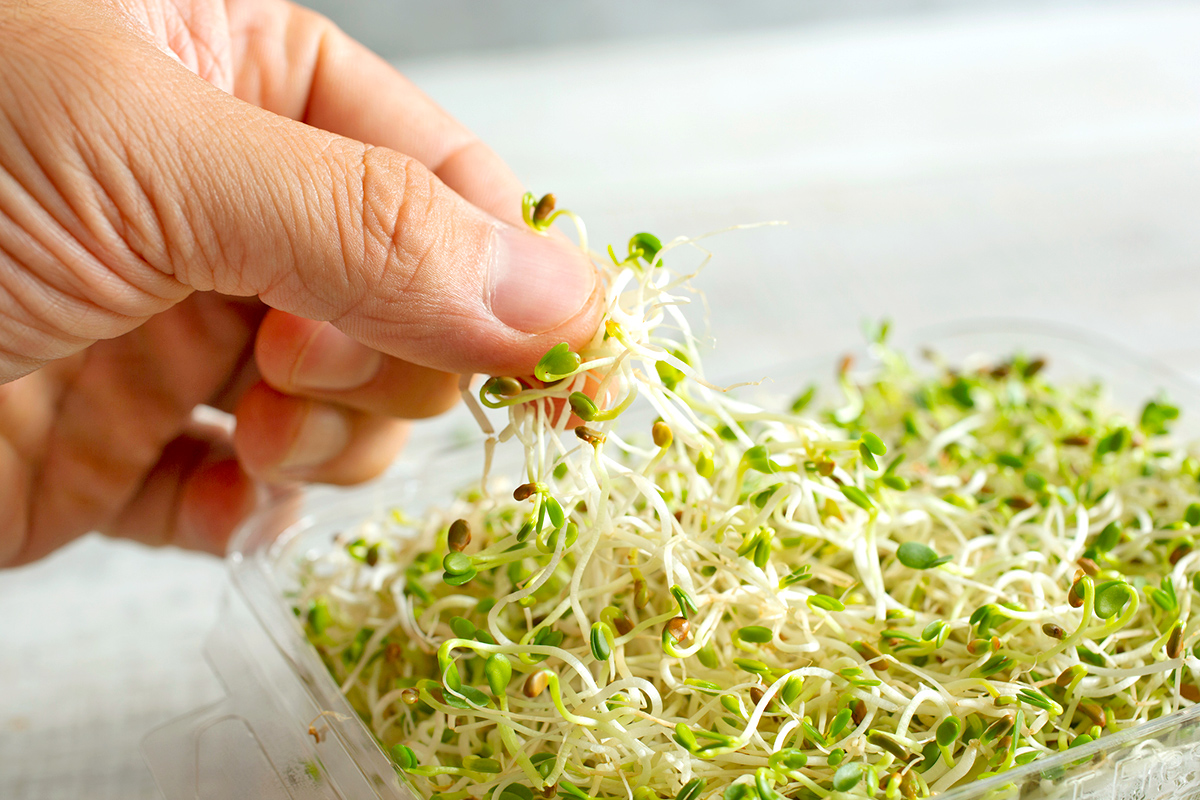Imagine you’ve just returned from the Sunday farmers market with an armful of cut flowers. The only problem is you need them to last until Friday, when you’re hosting a dinner party. So, how do you ensure your blooms stay fresh and perky for the next five days? You may have heard that adding a…
How a Copper Penny Keeps Flowers Fresh
Adding a penny to a vase helps protect fresh flowers from bacteria, as copper is a natural fungicide. However, it’s important to use pennies minted before 1982, which contain 95% copper. Pennies minted in more recent years are made of 97.5% zinc and only 2.5% copper to retain the coins’ reddish-brown color.
Although it’s not scientifically proven, many people (florists included) believe old copper pennies prevent the growth of bacteria, fungi, and algae. A stem clogged with algae will have difficulty absorbing water, causing it to wilt and wither. With fewer bacteria swimming around in the vase, your lilies will have a better chance of surviving the week.
Tulips, in particular, benefit from a copper coin as it encourages them to stand upright in their vessel. The exact science behind this phenomenon is also murky, but it’s theorized that the tulips absorb some of the copper, an essential nutrient, causing them to perk up.
More from our network
House Outlook is part of Inbox Studio, which publishes content that uplifts, informs, and inspires.
Practice Proper Flower Care for a Long-Lasting Arrangement
One penny isn’t enough to keep cut flowers looking their best. Follow these care instructions for long-lasting blooms:
1. Sterilize your vase by cleaning it with warm water and dish soap. If the opening is too narrow to reach into, you can use one or two denture tablets to remove stubborn residue and kill bacteria.
2. Cut about 1 to 2 inches from the bottom of each stem at a 45-degree angle. Repeat this process every two to three days until it’s time to toss the arrangement. Remove any lower leaves that may come into contact with the water, as this can cause contamination.
3. Fill the vase two-thirds full with lukewarm water and add a copper penny for good measure. You may want to top up your vase with fresh water the following day as the flowers will be especially thirsty. After that, you should replace the water every two to three days.
4. Avoid placing flowers in direct sunlight or exposing them to extreme temperatures. Keep your arrangement away from heat sources, cooling systems, or even drafty doors and windows.
5. Remove any dead flowers from the arrangement to protect those that are still healthy. Mold spreads easily from stem to stem, so this should be done daily.
While dropping an old copper penny into a flower vase is more of an old wives’ tale than scientific fact, it’s a low-cost trick worth trying. Pair your farmers market blooms with a crushed aspirin tablet to lower the water’s pH level or a spoonful of vodka to slow ethylene production, and they may last even longer.



















